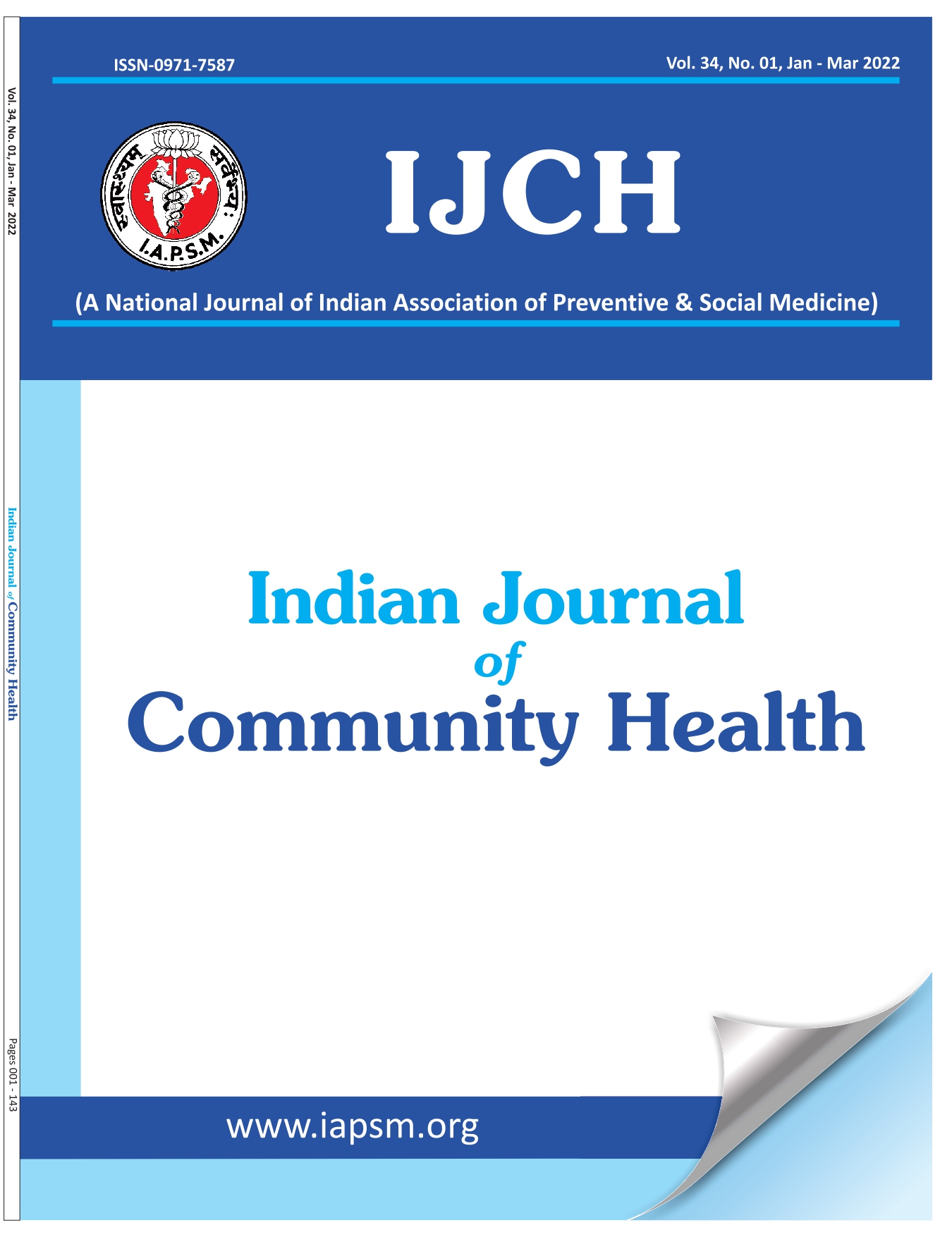Contraceptive use by the rural women of Uttar Pradesh - A socio-demographic study
Abstract
Introduction: The single most important problem that developing countries like India are facing today is uncontrolled growth of population. It is important to study the dynamics of contraceptive use, to understand current contraceptive use, preference and problems of different methods as well as their intention to use contraceptive methods in the future. Objective: To assess the knowledge and perception about contraceptive methods as well as use of the different methods among ever married women in the rural area of north India. Methods: This was a cross-sectional study. The married women residing for at least six months in the area was considered as a resident and included in the study. The data was collected by using structured questionnaire. A total of 520 ever married women were included in this study. The chi-square and logistic regression analysis was used for the analysis of the data. Results: All the women were aware at least one of the method of contraceptives. The contraceptive use was observed to be 26.2%. The contraceptive use was higher among the women of age 41-50 years (34.4%) (p=0.0001). The percentage of contraceptive use was higher among literate women than illiterates. There was significant (p<0.05) association between education of women and husband with use of contraceptive methods. The contraceptive use was higher among OBC (33.5%) compared with upper class (28.7%) and SC (16.3%) and this was statistically significant (p=0.01). A significant (p<0.01) association was observed between contraceptive use with living number of children. The multivariate logistic regression analysis revealed that age of women, education of women & husband and number of living children were found to be significant factors associated with the use of contraceptive use. Conclusion: The results of this study revealed that although the knowledge about contraceptive methods was universal, however its use over the years has not increased much.





